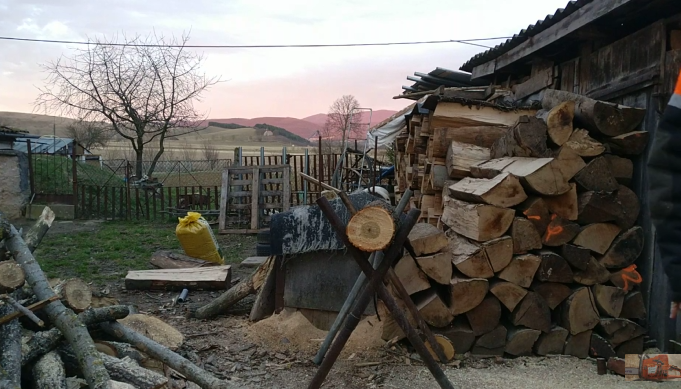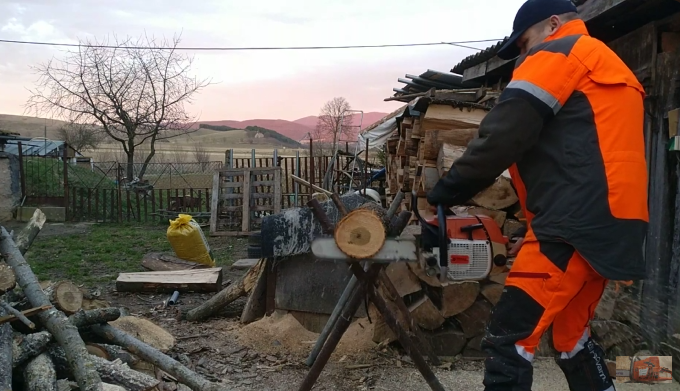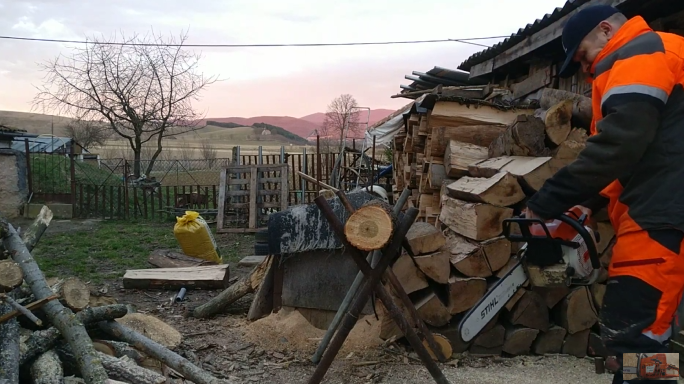
When it comes to chainsaws that have earned the respect of both professionals and enthusiasts, the Solo 670 and Stihl 038 stand tall as two of the most reliable machines of their time. Designed for tough forestry work, these two saws carry a reputation built on power, durability, and consistency. Whether you’re a logger, a hobbyist cutting firewood, or simply a chainsaw collector, understanding the strengths and stories behind these models will give you a deep appreciation for their engineering excellence.
The Solo 670 – A Beast from Germany
The Solo 670 is a rugged and powerful chainsaw that was manufactured in Germany by Solo Kleinmotoren GmbH. Known for its no-nonsense performance and robust construction, the 670 was designed with professionals in mind. It’s powered by a high-torque 67cc engine that delivers plenty of cutting power without being unnecessarily heavy.
Its magnesium crankcase and durable plastic body made it not only long-lasting but also more comfortable to use over extended periods. One of the hallmarks of the Solo 670 is its responsive throttle and fast chain speed, making it ideal for both softwood and hardwood applications. It’s particularly good for felling medium to large trees and bucking logs.
What makes the Solo 670 stand out isn’t just raw power, but its user-friendly design. The anti-vibration system helps reduce operator fatigue, and the saw is relatively easy to maintain compared to more modern but complex electronic models. Despite being a bit of a rarity today, used Solo 670s are still highly sought after, especially in Europe.

Stihl 038 – The Workhorse of the Woods
On the other hand, the Stihl 038 is an absolute legend in the world of chainsaws. Manufactured by Stihl, one of the world’s most respected chainsaw makers, the 038 was introduced in the late 1970s and remained in production into the 1990s. This longevity alone is a testament to its reliability and popularity.
The 038 came in several versions—standard, AV (anti-vibration), Super, and Magnum—with engine sizes ranging from around 61cc to 72cc. The Magnum version, especially, became a favorite among professional loggers because of its incredible torque and long-lasting build.
Built with a magnesium case and offering top-tier durability, the 038 was well known for being virtually indestructible under regular use. It’s also relatively easy to work on, with plenty of replacement parts still available today thanks to Stihl’s extensive service network and support for older models.
Side-by-Side Comparison
Let’s break down some key areas to see how these two giants compare:
| Feature | Solo 670 | Stihl 038 |
|---|---|---|
| Engine Displacement | 67cc | 61cc–72cc (depending on version) |
| Power Output | Approx. 4.5–4.8 HP | 3.9–5.2 HP |
| Weight (without bar/chain) | ~6.5 kg | ~6.6 kg |
| Chain Speed | Fast, efficient | Slightly slower, but high torque |
| Build Quality | German engineering, very solid | Stihl durability, legendary reputation |
| Availability of Parts | Moderate (rarer model) | Excellent (many parts still in circulation) |
| Ease of Maintenance | Fairly easy | Very easy, great for DIYers |
| Vibration Dampening | Yes | Yes (AV models especially effective) |

Which One Should You Choose?
Choosing between the Solo 670 and the Stihl 038 comes down to availability, preference, and specific use-case needs. If you’re looking for a chainsaw with a bit of rarity and collectibility, the Solo 670 is an excellent choice. It’s not as easy to find, especially in North America, but if you come across one in good condition, it’s well worth grabbing. Its power-to-weight ratio and performance in hardwood make it a joy to operate for experienced users.
The Stihl 038, meanwhile, is more widely available and still sees use today, decades after its first release. Its robustness, ease of maintenance, and sheer power (especially in the Super or Magnum variants) make it a reliable go-to saw for demanding jobs. If you want a dependable machine with proven history and excellent parts support, the 038 wins hands down.
Real-World Experience
Many users who’ve had the chance to run both machines describe them with nostalgia and respect. A common sentiment among loggers is that the Solo 670 feels slightly more nimble, with quicker acceleration and a snappier feel in lighter cutting tasks. However, when it comes to sustained power, the Stihl 038—particularly the Magnum—shows its muscle during prolonged heavy-duty cuts.
One longtime user shared:
“I’ve been cutting wood since the ’80s, and the Stihl 038 was my daily driver for years. I recently found a Solo 670 and was surprised at how smooth it runs. But the 038 still feels like home—it’s a tank.”

Maintenance and Longevity
Both saws were made during an era when tools were built to last, not to be replaced every few years. As a result, they have many metal components and user-serviceable parts. For the mechanically inclined, either saw can be restored and maintained with a bit of elbow grease and care.
However, it’s worth noting that the Solo 670 may require a bit more effort to track down parts. Filters, carburetors, and even bars for the Solo may not be as easy to find as those for the 038. That being said, a dedicated online community and forums often help owners locate parts and advice.
Final Thoughts
In the world of classic chainsaws, the Solo 670 and the Stihl 038 represent two proud traditions of engineering. The Solo 670 stands as a powerful, underrated gem—perfect for collectors and experienced users looking for something different. The Stihl 038, on the other hand, continues to be a reliable workhorse beloved by generations.
Whether you end up using one or both, these saws are a reminder of a time when tools were built with purpose, longevity, and the user in mind. They are more than just machines—they are companions in the forest, symbols of craftsmanship, and pieces of chainsaw history.


